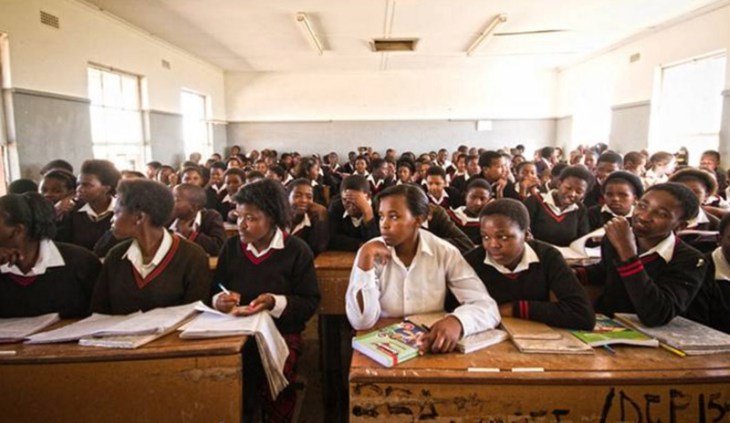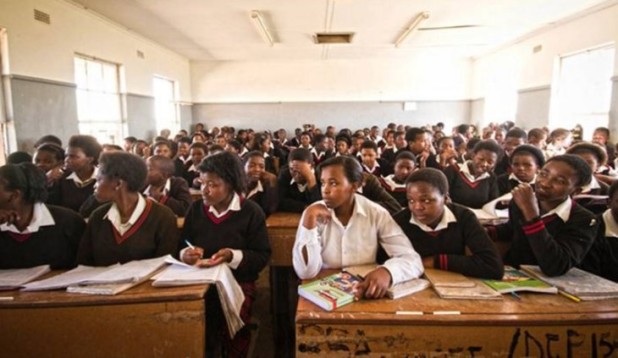The New Observer
April 23, 2016
Evidence of black-ruled South Africa’s ongoing regression has been delivered once again with statistics showing that black youth born after the ANC came to power are now less skilled than their parents.
“When parents are better equipped than the children, it’s a sign of regression,” said Statistician-General Pali Lehohla at this week’s release of The Social Profile of Youth, 2009–2014 report.
According to the report, issued by the government’s Department of Statistics, the percentage of South African black professional, managerial, and technical workers aged 25 to 34 has dropped by 2 percent over the past 20 years.
This development has left that generation less skilled than previous ones—and less skilled than every other race and age group.
The research “does not even take into consideration additional dynamics such as the research showing a stark decline in bachelor degree completion rates among black African and colored students since the mid-1990s,” Lehohla said.
Jobs are linked to education levels, and little has changed since 2009. Those with not even a matric (a school-leaving certificate) are most likely to remain unemployed—consistently at 57 percent in the five-year period under review—while those with matric recorded unchanged unemployment levels of 38 percent.
This dropped to 1 percent among graduates in the period from 2009 to 2014, while those with other tertiary education other than university degrees dropped to 4 percent in 2014, slightly down from 5 percent in 2009.
The government touts an increase of numbers not only in higher education—about 800,000 students wrote the 2015 exam, although education experts and activists have for years cautioned that only half of those who start in Grade 1 complete Grade 12—and as a percentage in various public work programs.
“But the devil lies in the detail of proportionality,” a report in the local Daily Maverick news service said.
“The numbers may well be up, but the proportion in relation to the country’s youth cohort remains the same. Thus there has been no real, systemic change.”
“Education is the solution to the problem. We are not increasing the proportion of people in education,” said Lehohla.
Describing this situation as “a cocktail of disaster” he pointed out that South Africa’s “youth bulge” is not translating into a gain of social and human capital. “It suggests a very difficult future,” he said.
Young people aged 15 to 34 continue to make up the bulk of the unemployed: two thirds, or five million, on the strict definition of being able, willing, and actively seeking work, but not having a job.
This rises to 75 percent on the expanded definition, which includes those too discouraged to try to find work alongside those studying or doing unpaid work in the home like caring for the elderly or children.
In the economically active 25 to 34 age group, unemployment has remained almost constant between 2009 and 2014, around 40.4 percent in 2014
Enterpreneurism, often touted as the way to employment, has dropped among youths on average by 2.6 percent but more notably among women—6.2 percent, in the same period.
Other statistics to emerge from the report revealed that:
* The “youth” made up 21.1 percent of all recorded deaths for 2008. The two leading causes of death amongst youth were “certain infectious and parasitic diseases” (e.g. TB, intestinal infectious diseases, HIV, viral diseases) and “external causes of morbidity and mortality” (i.e. unnatural death e.g. car accidents, murder).
* Male “youths” mainly succumbed to “external causes of morbidity and mortality’ in both 2008 (34.7 percent) and 2013 (43.2 percent). The main cause of death for female youth was found to be ‘certain infectious and parasitic disease’—43.8 percent in 2008 and 44.8 percent in 2013.

